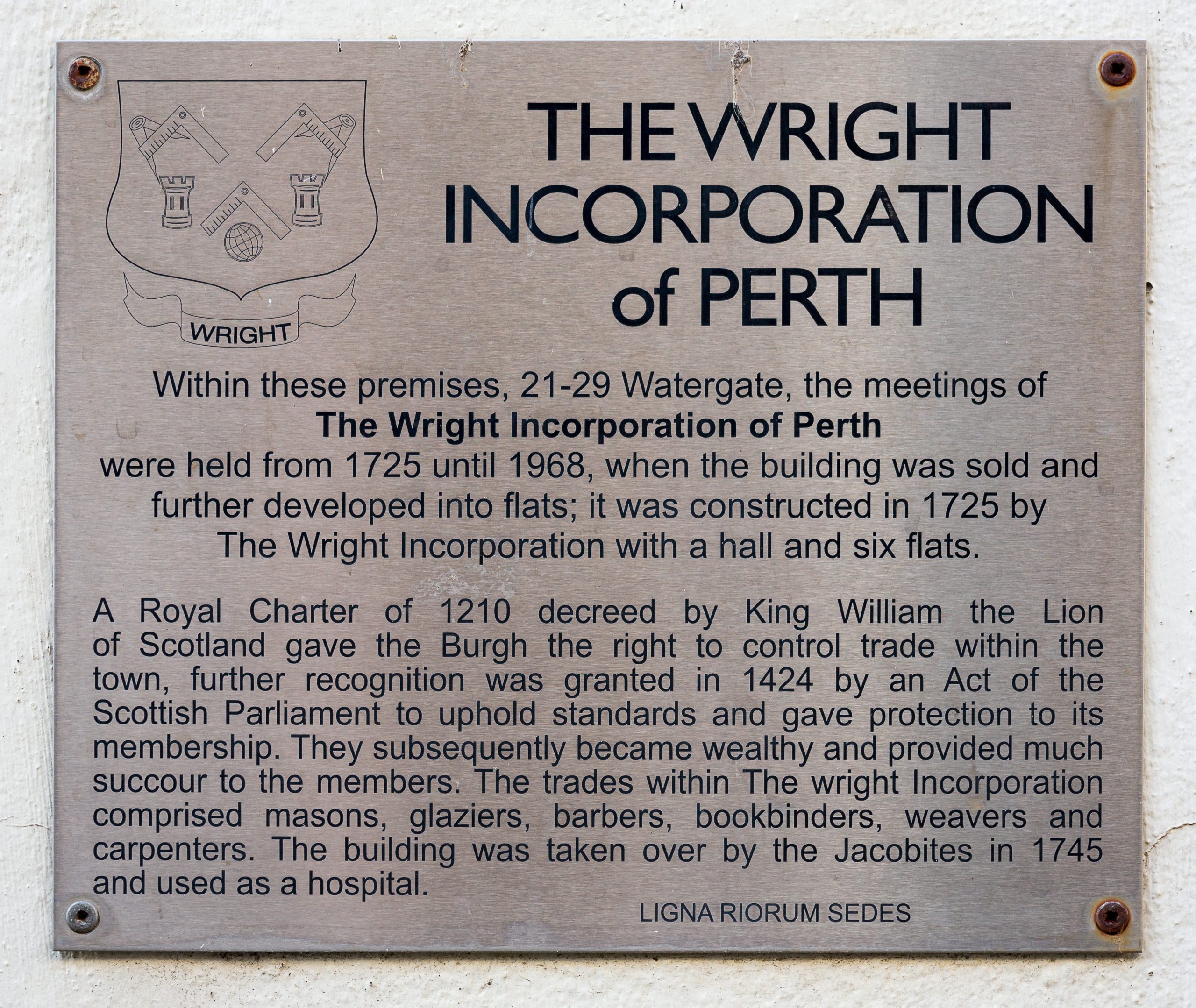Water Vennel
Water Vennel runs from the Watergate down to Tay Street. A small plaque near its junction with Tay Street tells of its importance and gives some history of the Gowrie House whose northern boundary was formed by Water Vennel. This was an important access to the river when Gowrie House and its gardens blocked so much of the river frontage.





